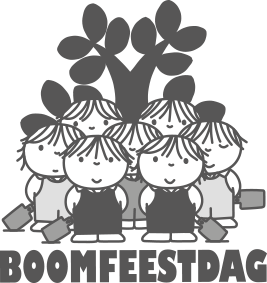Green space management: 10-20-30 rule by Santamour as a compass
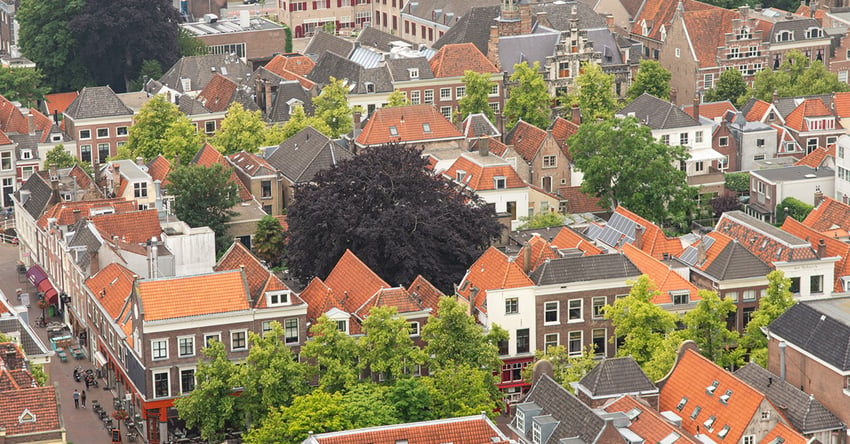
In the world of green space management, we strive for an environmentally sound and sustainable tree population. A goal that at first seems obvious, particularly in an era when biodiversity is high on the agenda. However, we still see many monocultures in the urban environment. This is one of the biggest challenges with respect to planting schemes in a period of climate change, paved environments and rapid spread of diseases via globalisation. In this article we take a closer look at the criteria for an ecologically significant tree population, paying particular attention to the 10-20-30 rule proposed by Santamour as a guideline for city park managers and designers of green spaces.
Monocultures and ecological risks
There is a risk if a tree species is present in large numbers. The threat of contamination amongst trees is greater whenever trees of the same species are closer together and, if affected, an entire structure can be lost. For years, oak has been planted en masse given that it is the native tree with the greatest biodiversity. Insects, mites, many kinds of moths, algae, fungi and mosses find shelter and food in this species. Good for biodiversity but thanks to large-scale cultivation, we are faced with new challenges. Common oaks are host plants to the oak processionary moth and oak bark beetle, and by planting entire avenues of oaks the level of infestation of these insects is high. Incidentally, not only does this apply to oaks; other homogeneous tree populations are also susceptible to diseases and pests. We are all familiar for example with ash dieback, bleeding canker of horse chestnut and sooty bark disease in maples. For this reason, it is desirable for city park managers to strive for diversity within the tree population with a view to risk spread.
10-20-30 rule as diversity guideline proposed by Santamour
A diverse tree population comprises trees of different species but also different sizes and ages. Not only does it offer aesthetic benefits but also increases resistance to diseases and pests. The 10-20-30 rule proposed by forestry expert Santamour (1990 Dr. F. Santamour) is a widely used practical guideline for safeguarding this diversity. The figures refer to the maximum percentage of a single family (30%), genus (20%) or species (10%) which the tree population should include, thereby minimising risk. If we take the example of the common oak, application of this rule specifically means: maximum 10% of the tree population must be of the same species (Quercus robur, common oak) and maximum 20% must be the same genus (Quercus, oak) and maximum 30% must be the same family (Fagaceae, beech family). This is why it is important to get a clear idea of the tree population in the municipality and identify which species, genus or family they belong to. This guideline is not only to be applied as the average for an entire municipality or neighbourhood but also on a smaller scale in avenues and copses.
Challenging environments
It should be noted that there are certain (urban) environments which are extremely challenging and in which merely a few tree species can survive. The more challenging the climate, the fewer tree species can survive. In which case, there should be no compromise on the strong species used, whether or not the 10-20-30 rule is observed. On the other hand, in the Dutch context there are also studies which abide by the stricter 5-10-20 diversity line when it comes to the planning of new public spaces. Here, we have 5% is of the same species, 10% the same genus and 20% the same family. This will undoubtedly lead to greater diversity and thus resilience for situations with good growing conditions. Also at species level, even greater diversity can be introduced. For example, by using genetically diverse seedlings as compared to clones and cultivars which share genetic similarity and root stocks, which in turn may exert an influence on this. Conversely, proven strong clones and cultivars (for instance, elms, maples and limes) may indeed also be the best option in a challenging environment.
An ecologically significant tree population
Municipalities play a crucial role in creating an ecologically significant tree population. In order to achieve this, a tailor-made list of available plants is essential. A list of trees which, on the one hand, takes into consideration local factors such as soil type, groundwater level, wind load, resistance to road salt etc. and, on the other hand, meets the diversity requirement. The specified sequence is important here given a tree must first be able to function in a particular site before this can be part of a healthy and diverse tree population. A more diverse tree population also increases the alternative food sources of natural predators which will reduce the population and level of infestation. Moreover, diversity ensures that loss of a specific tree species has less impact on the streetscape and the ecosystem services of the tree population are maintained.
A diverse tree population for a sustainable city
A diverse tree population is not a trend but a necessity. Particularly in an era in which climate change and new threats such as diseases and pests pose a challenge to our green spaces. City park managers and designers of green spaces play a key role in realising an ecologically balanced urban landscape and should proceed using their common sense. The 10-20-30 rule proposed by Santamour provides a valuable compass for achieving this diversity and safeguarding the health of the tree population. In some situations, an ambitious 5-10-20 guideline may even be adopted as a starting point. It is time to invest in sustainable green space management and to strive for an environment where green is not just beautiful but also resilient, biodiverse and healthy.
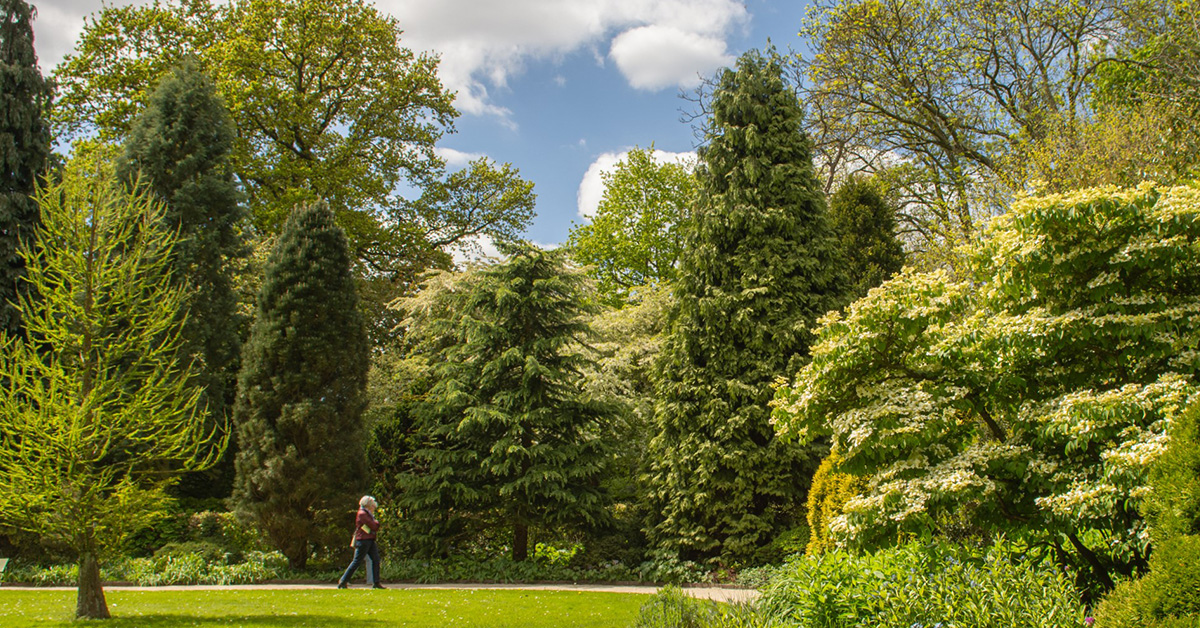
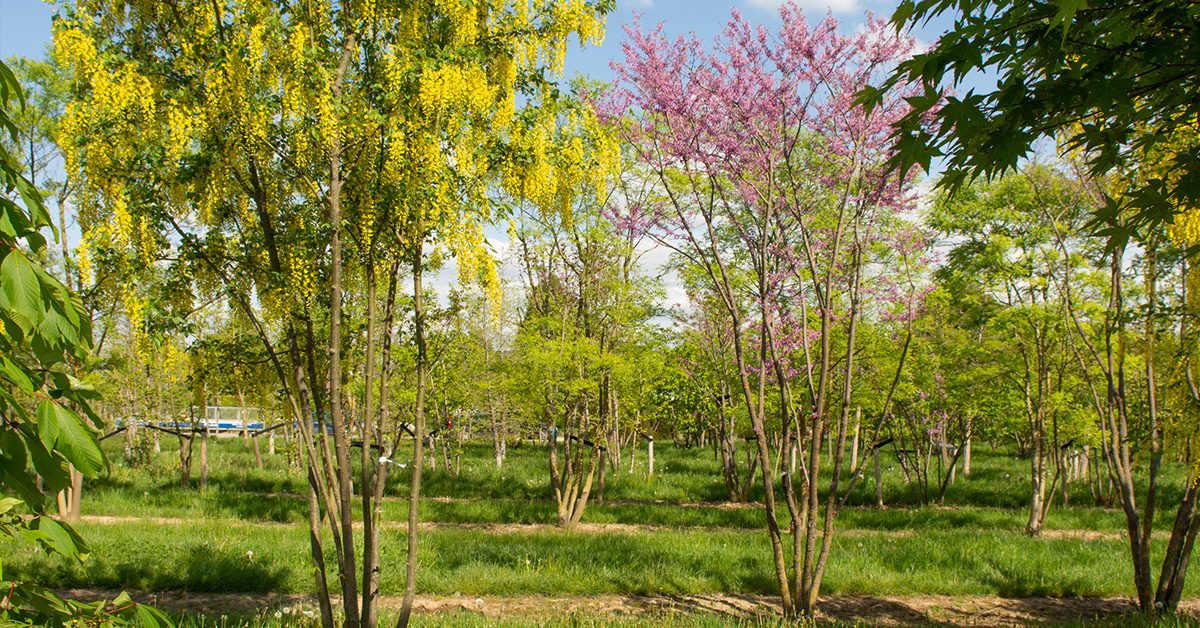
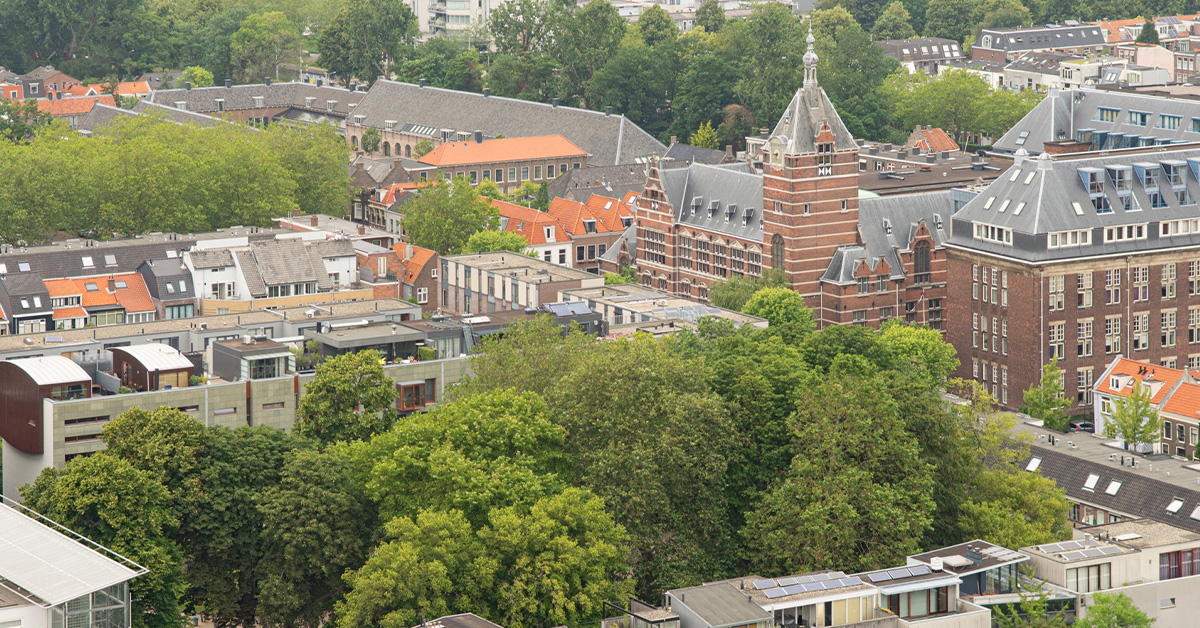

.webp?width=2000&height=1333&name=Mockup%20Laptop%20en%20mobiel-TreeEbb-min%20(1).webp)








